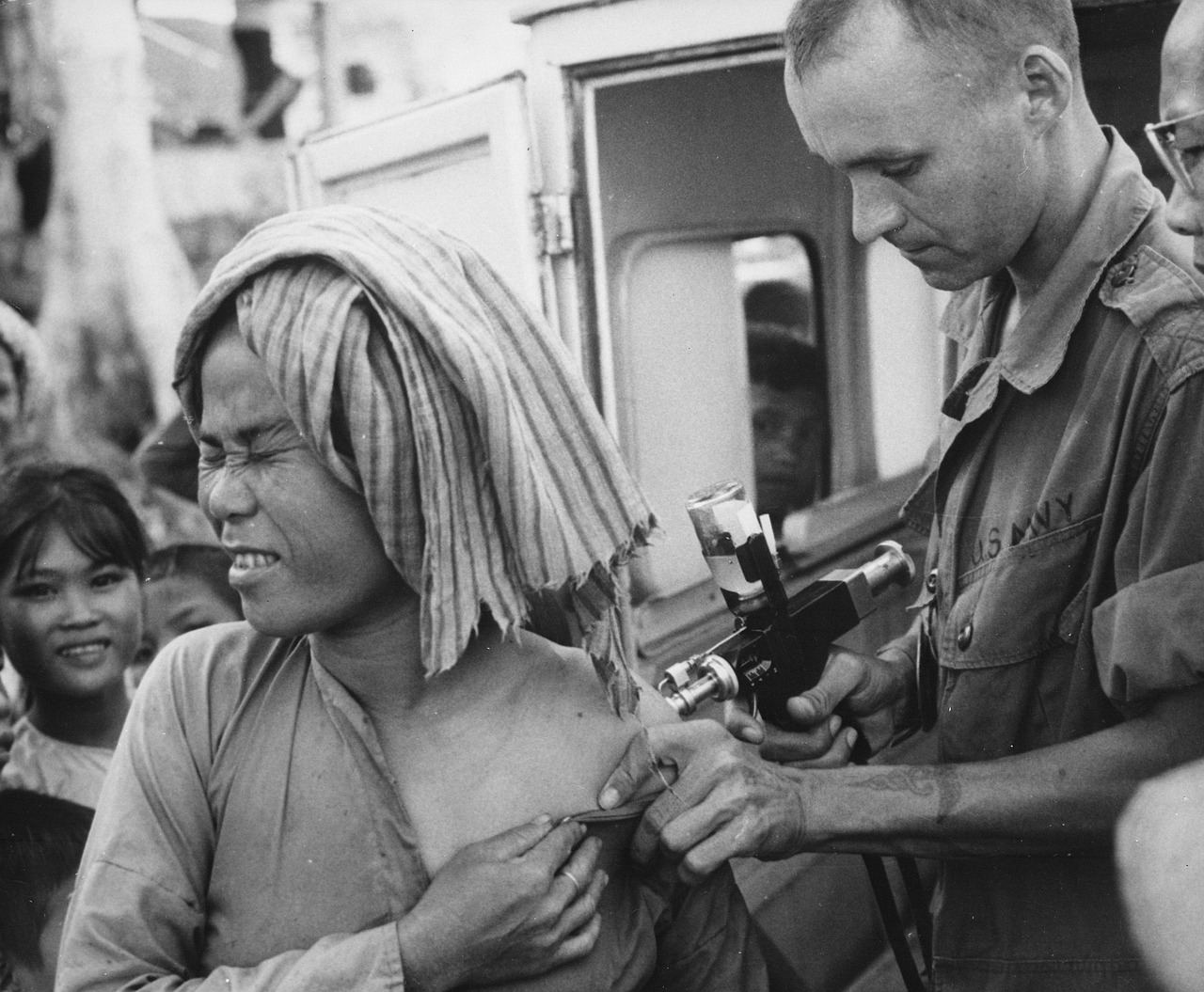The seventh cholera pandemic, which began in 1961, is the longest-lasting pandemic in history. It originated with a new strain of the cholera bacterium, known as El Tor, which was first identified in Egypt in 1897. This strain has since spread globally, causing outbreaks in over 50 countries.
Cholera is a highly contagious disease that spreads mainly through contaminated water and food. Its symptoms include severe diarrhea and dehydration. Climate change has worsened the situation by creating conditions that allow cholera to thrive and spread to new areas, especially where water sanitation is poor.
Currently, there are outbreaks of cholera in 24 countries, resulting in an estimated 1.3 million to 4 million cases and 21,000 to 143,000 deaths annually. Sadly, young children are often the most affected by this deadly disease.
History of cholera
Over the past two centuries, humanity has witnessed seven cholera pandemics, each leaving a mark on history. It all began with the inaugural pandemic striking India in 1817. Fast forward to today, the seventh pandemic, which commenced in 1961, persists globally, as confirmed by the World Health Organization’s update in March 2022. Amid these worldwide outbreaks, numerous localized epidemics have occurred, notably in South America during the early 1990s and in Yemen from 2016 to 2021.
Despite considerable understanding of cholera transmission mechanisms, mysteries persist regarding the factors influencing outbreaks’ occurrence. Poor sanitation practices contribute significantly to the disease’s spread, including untreated human waste and drinking water disposal. Moreover, bodies of water can serve as reservoirs for cholera bacteria, while transporting contaminated seafood across long distances adds to its transmission risks.
Cholera Signs and Symptoms
The onset of cholera symptoms can vary, appearing within hours to five days following infection. While some experience mild manifestations, others face severe consequences. Roughly one in twenty individuals infected endure intense watery diarrhea coupled with vomiting, swiftly resulting in dehydration. Even those with minimal or no symptoms can unwittingly aid in transmitting the infection. A vaccine for cholera exists, with the CDC and the World Health Organization outlining guidelines for its administration.
To safeguard yourself and your loved ones, it’s crucial to consume only water that has undergone boiling, chemical disinfection, or is sourced from bottled water. Ensure the use of bottled, boiled, or chemically disinfected water for the following purposes:
Avid Writer with invaluable knowledge of Humanity!
Upcoming historian with over 30 million views online.
“You make your own life.”






